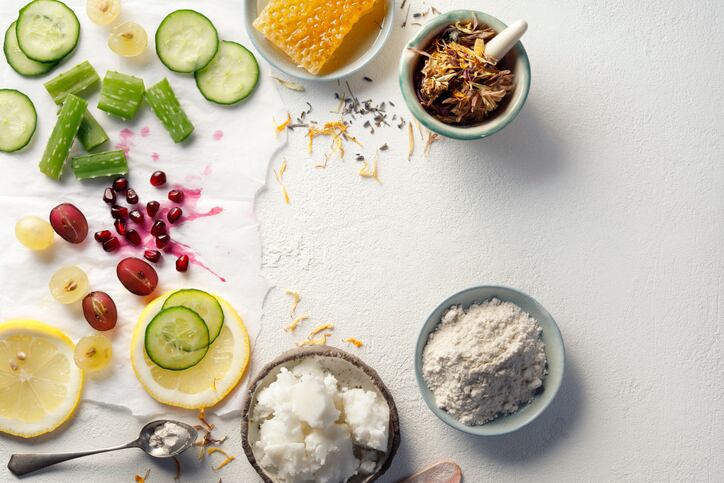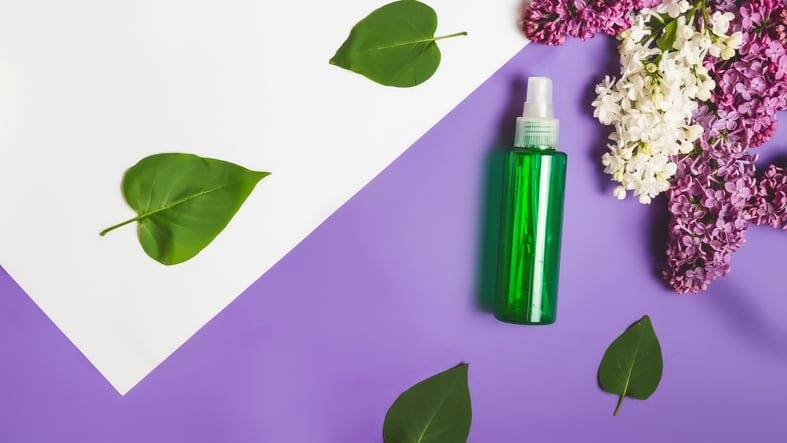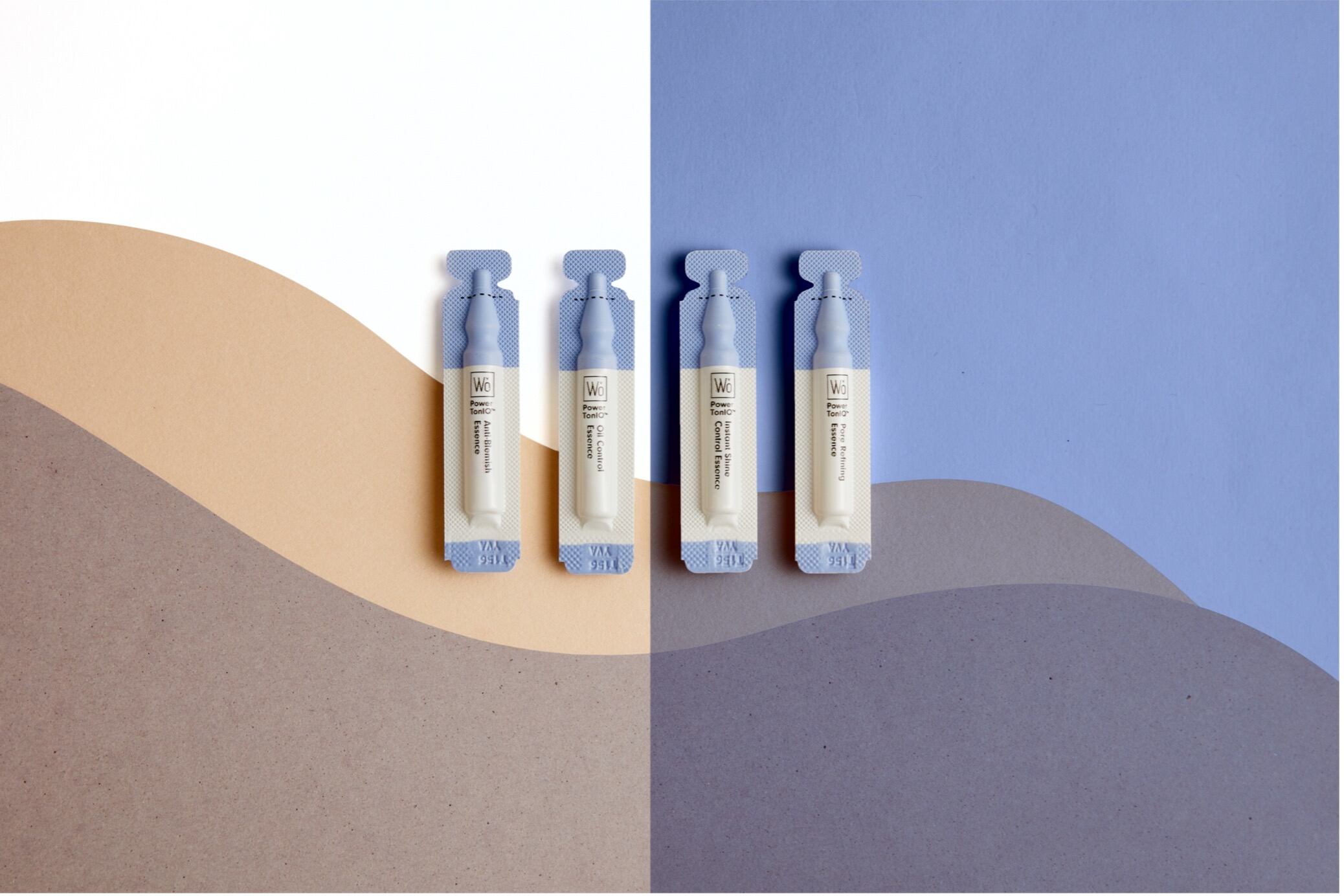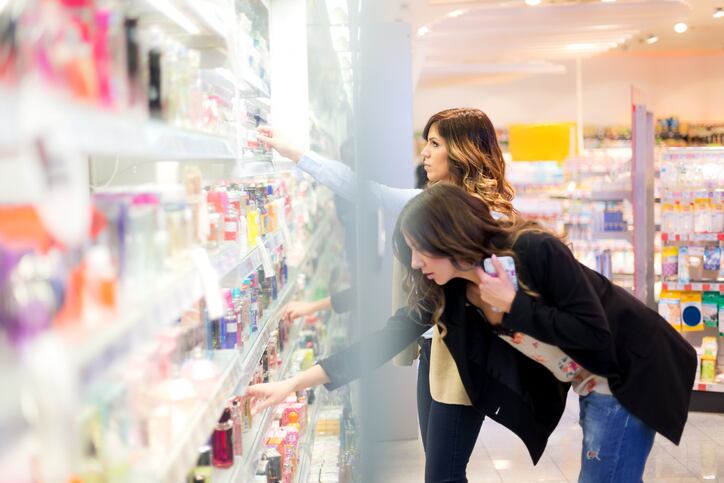Over the past few years, the sustainable beauty agenda had certainly evolved fast – shifting to wider green ideals but also circular business goals longer-term. In the EMEA region specifically, this was being propelled by the European Commission’s (EC) goal to become the first climate-neutral continent by 2050, part of the European Green Deal unveiled in December 2019.
For beauty, the circular business agenda offered plenty of opportunities and one key aspect within this was upcycled ingredients*.
*Upcycled ingredients was spotlighted as one of the Top 15 Global Beauty Trends to Watch in 2022 by our global CosmeticsDesign editors this year, put forward as a notable trend for the Americas. But suppliers at SCS Formulate 2021 in Coventry, UK, last month told CosmeticsDesign-Europe it was also hot on the agenda for this region as well. This is what they had to say.
William Cook, sales director at Adina Cosmetic Ingredients: We should be proud of ‘talking trash’
Cook said upcycled ingredients was certainly hot on the innovation agenda for next year.
Adina, for example, had set up a dedicated project called ‘Upcycled Beauty’ that was solely focused on this space. The company was looking at sourcing ingredients from various side streams, food and non-food, he said, and working to create beauty products in a considered way – thinking about the entire lifecycle of that item.
The project also pushed the company to think about how, as an ingredient supplier, it could put itself “under the same scrutiny” expected of brands by consumers and encourage it to not be “hidden in the background” and “be proud of ‘talking trash’, essentially”.
Moving forward, Adina Cosmetics would work hard to be clear with brands that full-circle ingredients were important because they added value to something that already existed.
Matthew Taylor, regional sales manager, ProTec Ingredia: ‘Looking after the planet’ is driving the upcycled trend
Taylor agreed that upcycled ingredients were in huge demand across the beauty and personal care space, noting it would be “the next big key trend”.
“Anything natural and upcycled is what people are looking for,” he said.
Asked why this was picking up pace, he said there was a clear shift amongst industry and consumers where “looking after the planet and being conscious about natural resources” was rising in importance. The beauty industry, he said, was looking to use resources “more sparingly” as well as look after the environment.
Looking forward, he said ProTec Ingredient would likely see the biggest growth in natural upcycled ingredients based on waste products, but also algae ingredients because of how they were produced and cultivated in more environmentally friendly and “greener” ways.
Nicola Bowyer, business development manager for personal care, Alfa Chemicals: Upcycled ingredients can take existing products ‘up another level’
Bowyer said upcycled ingredients were a key trending interest amongst beauty brands and manufacturers, but using them didn’t necessarily mean a complete product re-think.
“In some cases, we’ve heard brands talk about products they already find are very popular for them with customers, and they can take them up another level by finding the same sort of ingredients with better traceability or from a better source, in terms of a by-product,” she said. This could be done for an array of active or functional cosmetic ingredients, she said, and was less about reformulating and more about “looking at the sourcing itself”.
Within that same story, she said traceability had risen in importance, with requests to know exactly where raw materials were being sourced from, even down to the exact location or farm in some instances. And this, she said, would continue moving forward into next year.




